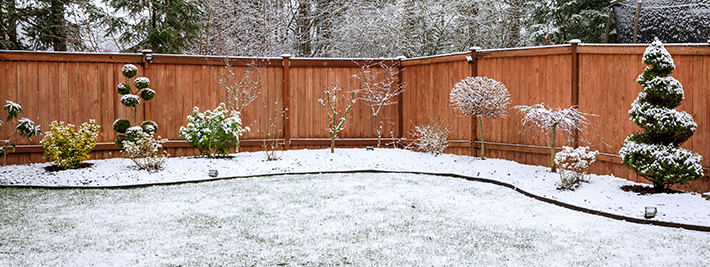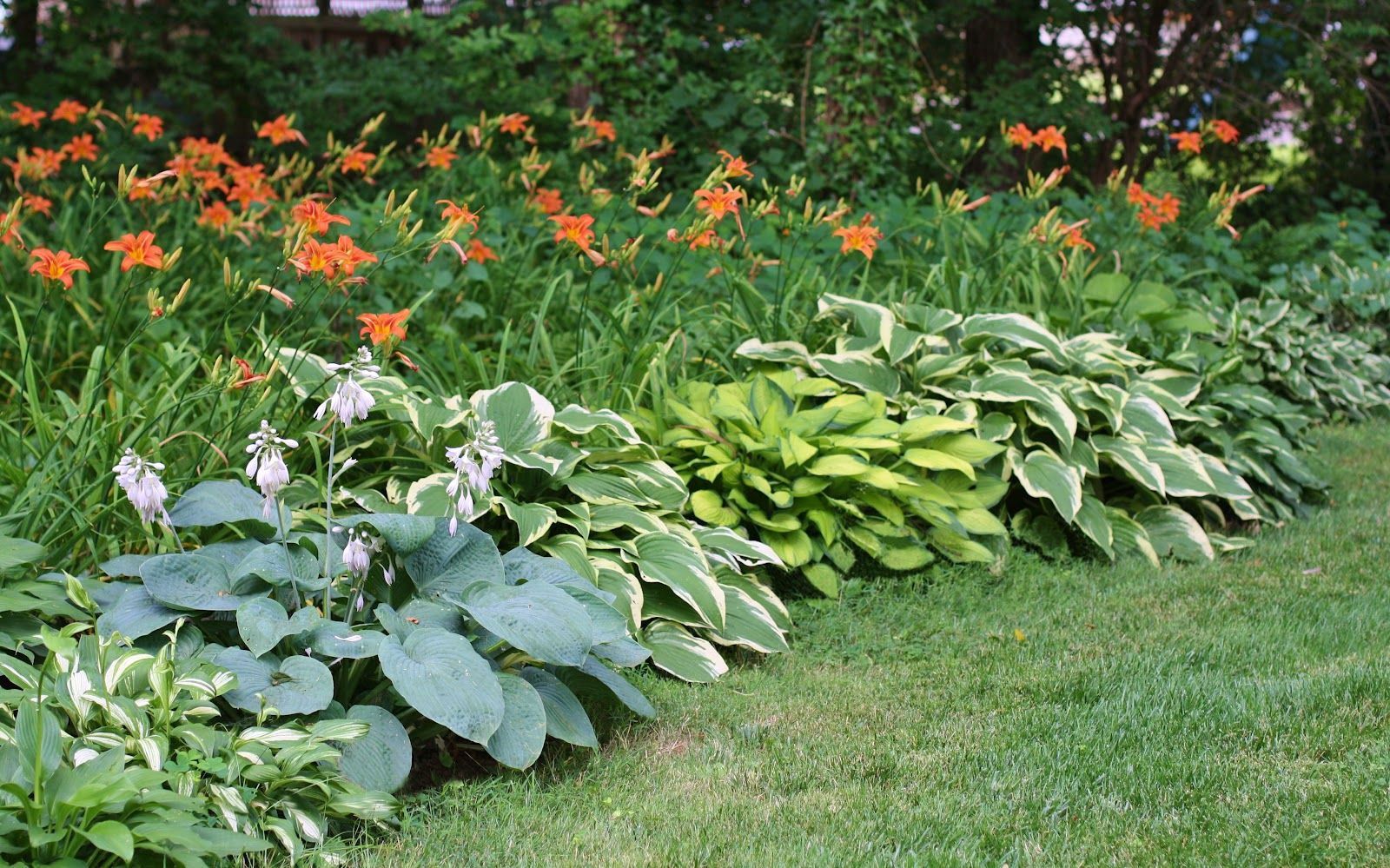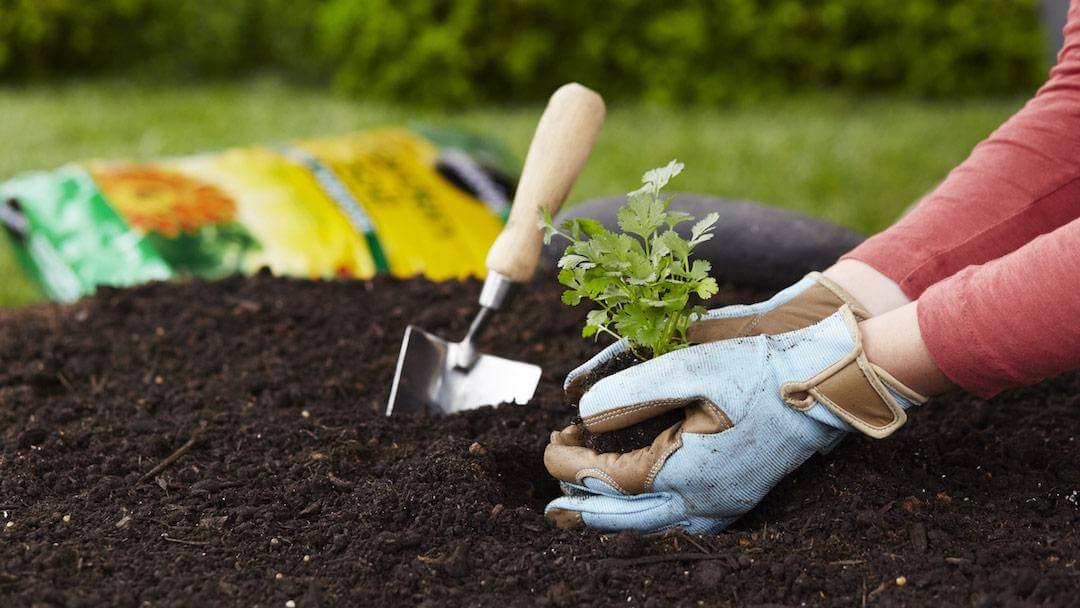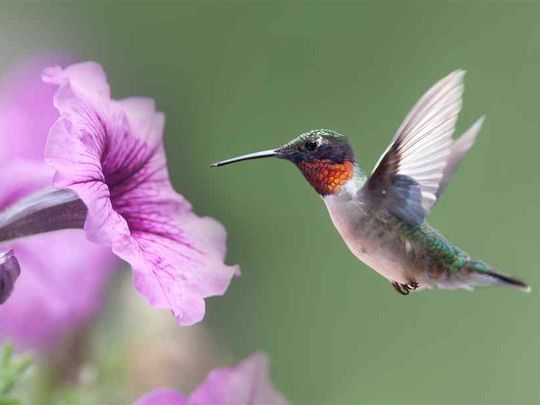Selecting Plants and Flowers for Your Home Garden!
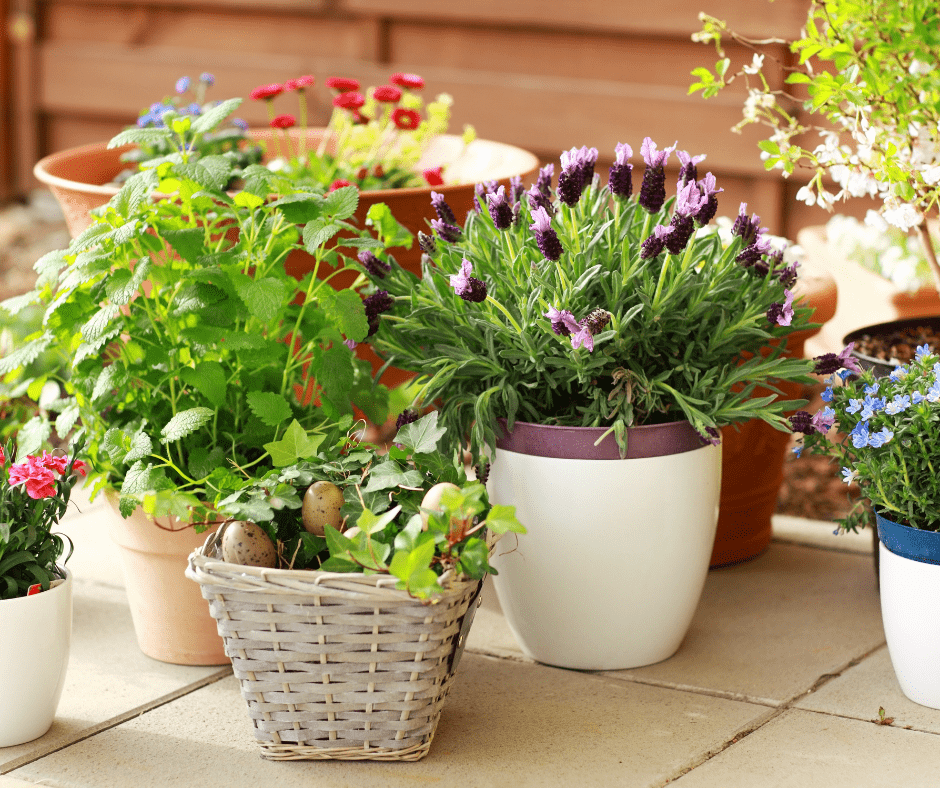
Many of us select plants for the garden at our New Castle County DE home based on their visual effect—color, height, size of blooms, etc. And so we should, as the sight of our plantings should be pleasing to our sense of sight. As we plan our garden, however, we should also be aware of the other four senses—and include plants which appeal to each of them.
SMELL: Aromatherapy is a powerful practice. With nothing more than a simple scent, the brain can be triggered to remember long forgotten memories, emotions, and feelings. With that being said, it is important to carefully select the flowers you want in the garden of your New Castle County DE home. With a few simple choices, you can create your own "memory lane' or relaxing oasis. In terms of fragrance, it’s hard to beat roses or lavender. Wisteria and jasmine are scented climbers which can really enhance the sensory pleasure of a garden, and amaryllis belladonna and spirea both add pleasant scents.
SOUND: Few of us associate the sense of sound with our garden, but the rustling of long grasses and the chirping of birds add a much-appreciated dimension. To attract songbirds, use fruit-bearing understory trees like dogwoods and service berries and shrubs such as viburnums and hollies and introduce low growing perennials and dwarf shrubs like creeping juniper and cotoneaster. You can also plant vines, ground covers, and sunflowers to increase chirping and tweeting.
TOUCH: Texture in garden design refers to the surface quality of the plant. Plant textures range from delicate and fine to coarse and bold. The feel of the foliage in your New Castle County DE home’s garden is not the only element of texture, however, as the texture can change with the play of light and shadow and even with viewing distance. Plants with thread-like leaves call out to be touched, so consider adding cosmos, baby's breath, asters, and grasses. In addition, iris and lamb’s ear will each provide softer tactile experiences.
TASTE: The world of herbs is nearly without limits. Think about basil, chives, rosemary, chamomile, cilantro, mint, and parsley, to name just a few tasty garden additions. Consider, too low bush blueberries or ligonberries. Lesser known, but equally valuable as salad additions are the flowers of the hibiscus shrub, columbine, and daylilies.
Some of the plants you have selected for your garden will serve more than one purpose and will appeal to more than one sense, so be sure to sniff, feel, taste, listen to, and view each of them!
Courtesy of New Castle County DE Realtors Tucker Robbins.
